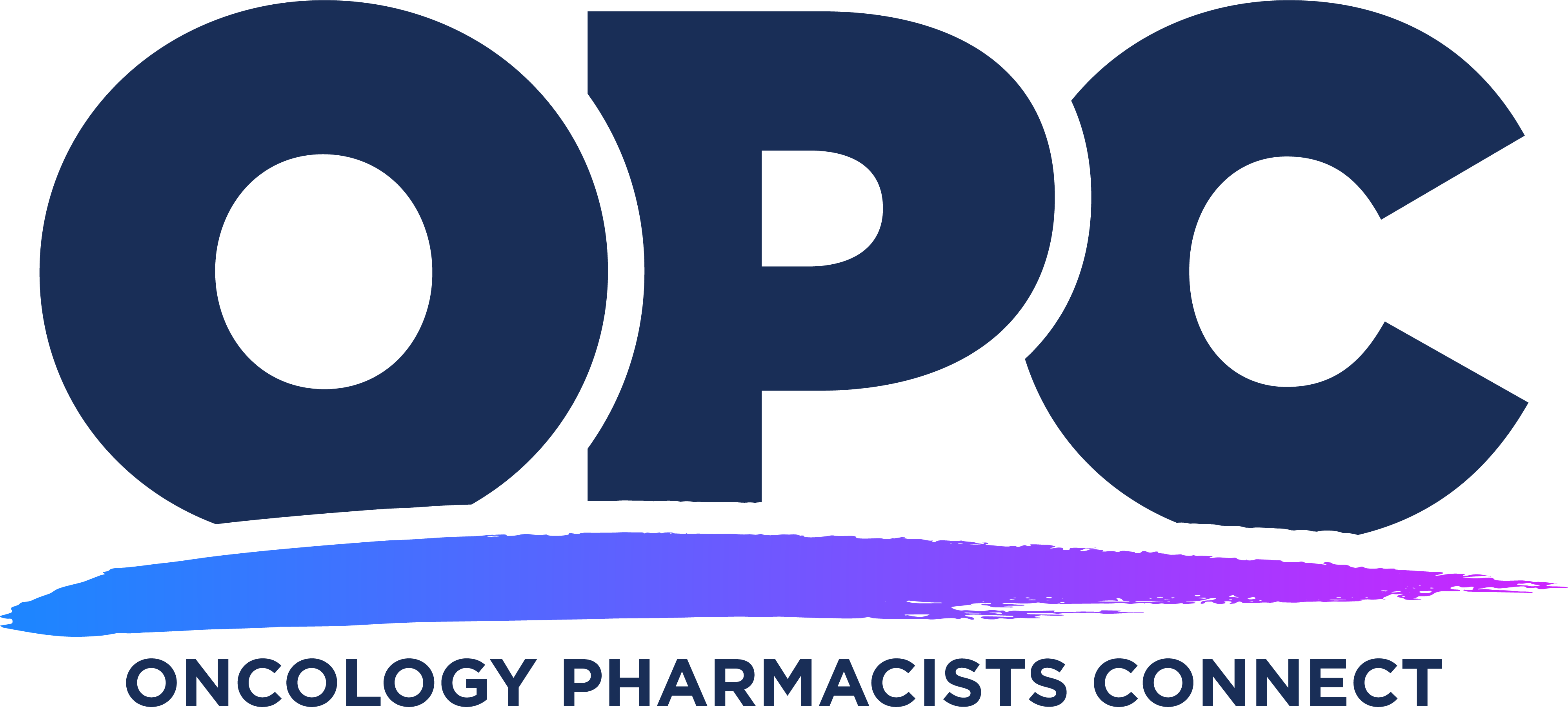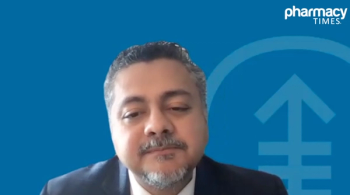
From Med Rec to AI: Pharmacists Expanding Their Role in Oncology Innovation

Eugene Przespolewski, PharmD, BCOP, DPLA, shares insights from his presentation at the 2025 OPC meeting in Austin, Texas.
At the 2025 Oncology Pharmacists Connect (OPC) meeting in Austin, Texas, Eugene Przespolewski, PharmD, BCOP, DPLA, clinical pharmacy specialist and residency program director at Roswell Park Comprehensive Cancer Center in Buffalo, New York, discussed his presentation on care model optimization, the evolving role of decentralized pharmacists in early-phase oncology trials, strategies for addressing drug shortages, and integrating artificial intelligence (AI) in practice.
In an interview with Pharmacy Times, he shares key takeaways from his session, including pharmacist-led medication reconciliation (med rec), cost-saving clinical interventions, and how pharmacists are positioned to bridge gaps in health care delivery.
Pharmacy Times: Can you share what you presented at OPC 2025?
Eugene Przespolewski, PharmD, BCOP, DPLA: At OPC, I presented a few different topics, really focused on care models and optimization. We talked about the pharmacist’s impact on patient care, addressed challenges and concerns with AI, and also touched on drug shortages.
Pharmacy Times: What are the most common challenges decentralized pharmacists face when performing remote medication reconciliation in early-phase oncology trials?
Przespolewski: I think the challenge with doing med rec processes is ultimately the time that’s required. It’s a really labor-intensive process, and it requires you to dive into what patients know—but sometimes you also have to tie in other resources, such as prescription records and other sources. That can be labor-intensive for sure.
Pharmacy Times: What strategies helped streamline the pharmacist-led med rec process despite the time-intensive nature?
Przespolewski: One recommendation I have is to utilize other members of the team and consider shifting some responsibilities to technicians, interns, students, and residents. That way, some of the legwork—like research on the back end—can be delegated. What really helps is getting other people involved. Technicians, students, and residents can provide insights and help with tasks like pulling records, making calls, and even conducting the med rec interviews. Pharmacists can then be involved on the back end, reviewing everything and ensuring accuracy and completeness.
Pharmacy Times: The data show significant CMS payment reductions from pharmacist interventions—what were the most impactful changes you observed?
Przespolewski: In the trial that was published at ASCO, they demonstrated a large amount of savings throughout the course of the program. I think a lot of the savings came from basic clinical interventions—things like dose rounding, banding, ensuring indications were appropriate, and biosimilar interchanges. Many of these interventions are [electronic medical record]-driven and considered low-hanging fruit, but they’re still interventions. They still provide a tremendous amount of savings, even if they’ve already been implemented at an institution. I think the long-term impact of these efforts sometimes gets overlooked as we focus on finding newer, more innovative ways to save money.
Pharmacy Times: Despite no difference in emergency department (ED) visits or hospitalizations, the reduction in urgent clinic visits was significant—how do you interpret that outcome?
Przespolewski: When you look at the interventions around avoiding ED visits or hospitalizations and see no difference in the data, it can seem like a negative. But in this study, I think it was actually a good thing. Remote monitoring involves more intense monitoring, but it's done remotely, so you have to rely on the data entered into the system. While there was no statistically significant reduction in hospitalizations or admissions, there also wasn't an increase, which suggests a potential savings opportunity. The reduction in urgent follow-up visits and clinic appointments is another significant benefit. It frees up appointment slots for patients who need urgent care and helps streamline the process for new patients. So I think the study really showed the benefit of remote clinical monitoring after starting chemotherapy.
Pharmacy Times: What opportunities do pharmacists have to support safe substitution and dosing decisions during drug shortages?
Przespolewski: Pharmacists play a large role in managing drug shortages, especially those on the front lines. Being aware of current practices and emerging data can help address shortages in impactful ways. Understanding alternatives, knowing when patients can be safely switched, and advocating for those who need to stay on a particular treatment despite a shortage are key responsibilities. It's also important to clinically assess when a patient truly needs to remain on a specific therapy. Shortages aren't limited to oncology—they're affecting critical care and other therapeutic areas too. Being able to modify and manage therapy during shortages is part of our role, and we also serve as a bridge between procurement, administration, and clinical teams—translating the situation and criteria to ensure everyone’s aligned.
Pharmacy Times: What role does AI play in these contexts? What role will it play moving forward?
Przespolewski: AI is certainly the next frontier in medicine. One of the interesting aspects of discussing care models and optimization is recognizing how societal changes impact medical care. While therapy is advancing, how care is delivered and how models are organized are equally important. AI is one of the major challenges ahead. There are concerns about whether AI will replace human decision-making—whether it will take over diagnostics or just serve as a tool using algorithms with limited reasoning.
One abstract presented showed that AI can help mine data and suggest potential next treatments. Clinical questions were posed to both human experts and AI, which used high-impact medical journals to answer. A third party reviewed the responses and rated them on appropriateness, clarity, and other factors. In that study, the gap between human and AI responses narrowed significantly. It was still easy to identify which responses came from AI, but the quality was close, and in some cases, AI responses were preferred. This supports what we’re seeing in headlines—AI passing board exams and performing at expert levels. The big question is what do we do with that information, and how do we adjust our practice?
Another abstract focused on patient perceptions of AI and their general distrust in the medical system. Interestingly, younger patients were less trusting of AI, while older patients were more open to it. AI was more trusted for low-risk recommendations, like diet, exercise, or screening. But for high-stakes decisions—like diagnoses or treatment plans—patients were still very hesitant.
Pharmacy Times: What was your experience presenting at OPC?
Przespolewski: Overall, OPC was a great opportunity to network and connect with people. I’ve interacted with some of these colleagues in other settings, but it was nice to reconnect. The conference provided a fast, concise summary of impactful data from ASCO and some European conferences. It was great to hear from such qualified, experienced clinicians and participate in those discussions.
And of course, one of the best things about research is that it raises new questions. Sometimes it’s about how to implement findings in practice, and sometimes it's about identifying future opportunities where pharmacists can weigh in and help shape what’s next in oncology.
Newsletter
Stay informed on drug updates, treatment guidelines, and pharmacy practice trends—subscribe to Pharmacy Times for weekly clinical insights.




















































































































































































































